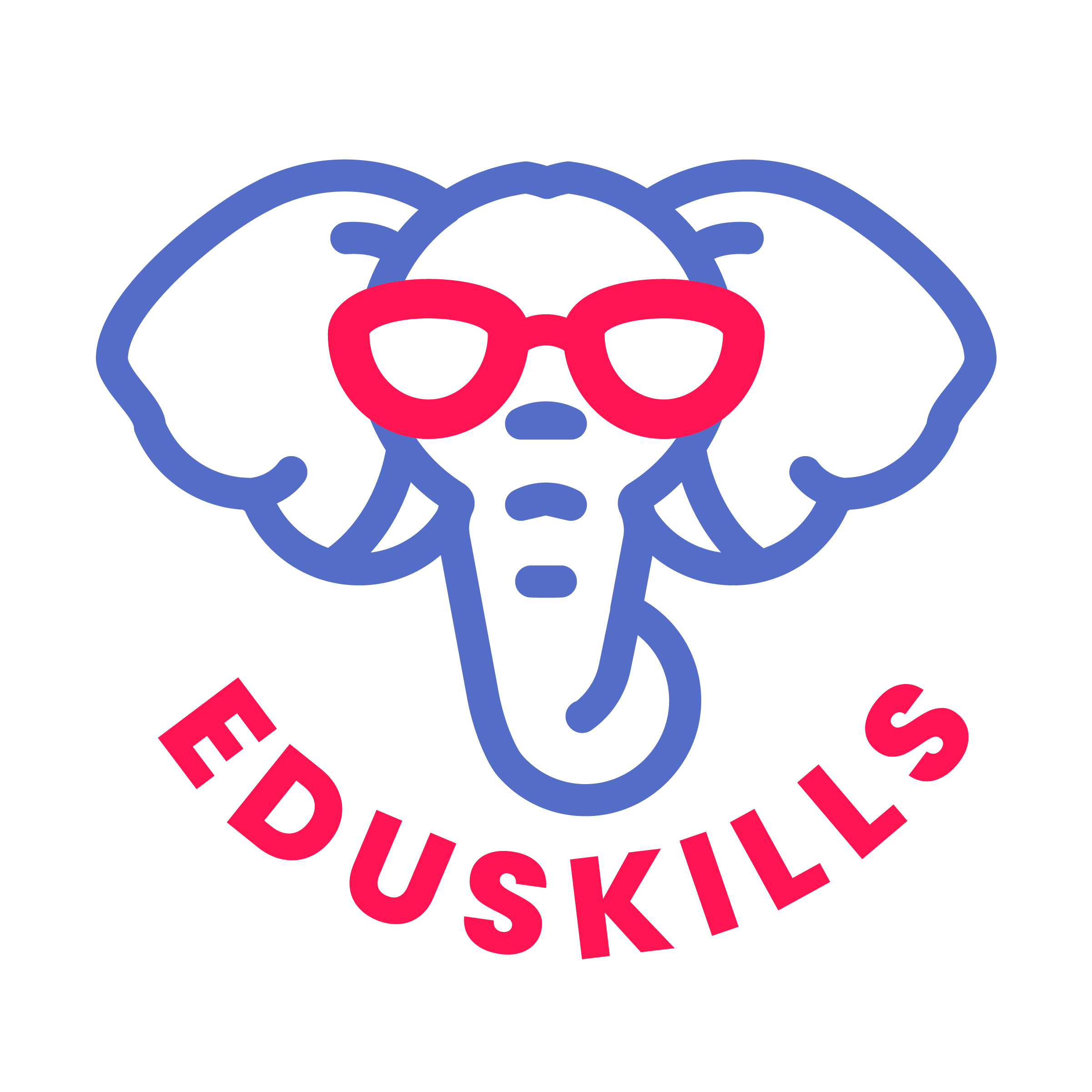Republished from NAELPA Fall 2024 Newsletter
The recent wave of new-to-the U.S. is notable for the sheer number of students entering schools in a short time, reminiscent of the 2008-2009 influx. This increase, in addition to complex political and ideological challenges, has stretched capacities and necessitated the use of translation and interpretation tools to expedite registration and integration processes. With all the hype surrounding artificial intelligence (AI), educators of multilingual learners must decipher which tools offer viable solutions to support their students’ needs
AI Enters the Education Sphere
Simultaneously with the rise in refugee and migrant populations in the U.S., Artificial Intelligence (AI) technologies like Chat GPT have become widely accessible. Recognizing AI’s potential to assist with complex translation tasks in education and social good spaces, educators have started exploring various AI tools to enhance language accessibility.
Important Considerations
While AI tools offer significant benefits, it’s crucial to use them appropriately to avoid creating dependency. Learners should be encouraged to explore English holistically, using AI-generated responses as one of many resources. Translation should always be human-verified, especially for sensitive information, and data privacy must be prioritized. Additionally efforts should be made by educators to highlight bias and discrimination that can be perpetuated by AI tools while emphasizing data privacy and security. With these considerations in mind, below is a list of AI tools beyond ChatGPT to consider supporting multilingual learners in K-12 schools.
AI Tools for Educators to Consider
Lesson Planning Tools
Eduaide.ai: Create lesson plans and resources (https://www.eduaide.ai).
MagicSchool.ai: AI productivity tools for teachers (https://www.magicschool.ai).
Diffit: Generate teaching resources (https://web.diffit.me).
Curipod: Generate full lessons (https://curipod.com).
Image Generators
Adobe Firefly: AI graphic generator (https://www.adobe.com/products/firefly.html).
Google Gemini: Create graphics and answer questions (https://gemini.google.com/?hl=en)
Padlet.com: Built-in AI image generator (https://padlet.com)
Writing Support
PolitePost.net: Professional message rewriting (https://politepost.net).
Audio Pen: Records and rewrites spoken thoughts (https://audiopen.ai/#!)
Translation Tools
DeepL: Copy/paste text or upload documents for translation.wiht support for 32 languages (https://www.deepl.com/en/translator).
Hey Gen: Video translation with voice match, free to use, clones actual tone and inflections.
Other
Humy.ai: Chat with historical figures (https://www.humy.ai/about).
Optimizing for Translation
To ensure accurate and meaningful translations, follow these guidelines:
- Communicate directly with short, clear sentences.
- Avoid idioms and slang.
- Use clear formatting with bullets, headings, and numbered lists.
- Maintain consistent terminology.
- Use active voice.
- Limit multiple-meaning words.
- Provide context.
- Use high-quality images and avoid text in images.
- Consider cultural sensitivities.
- Test translations for accuracy.
- Seek feedback from multilingual colleagues.
- Utilize professional translation tools with human verification.
Conclusion
In conclusion, AI tools for translation are transforming schools by increasing accessibility and efficacy. However, they must be used responsibly to address accuracy issues, privacy concerns, and potential over-reliance. When used creatively and responsibly, AI can help solve critical intake and integration challenges for new multilingual students, and it is clear that AI is here to stay.
Dr. J. Taylor Tribble, Author
Dr. Tribble is a former classroom teacher, multilingual program coordinator, district administrator, and university instructor turned “accidental entrepreneur”. He is the founder and current CEO of EduSkills where he leads his team with an unwavering vision to leverage technology to reduce paperwork, simplify compliance, enhance instruction, and support educators and families of multilingual learners. Dr. Tribble holds a PhD. in Educational Administration, Curriculum and Supervision from the University of Oklahoma in addition to a Bachelors degree in Spanish and a Masters degree in Bilingual Education. and recently (Summer 2024) completed a Masters of Business degree at Southern Methodist University’s Cox School of Business.



